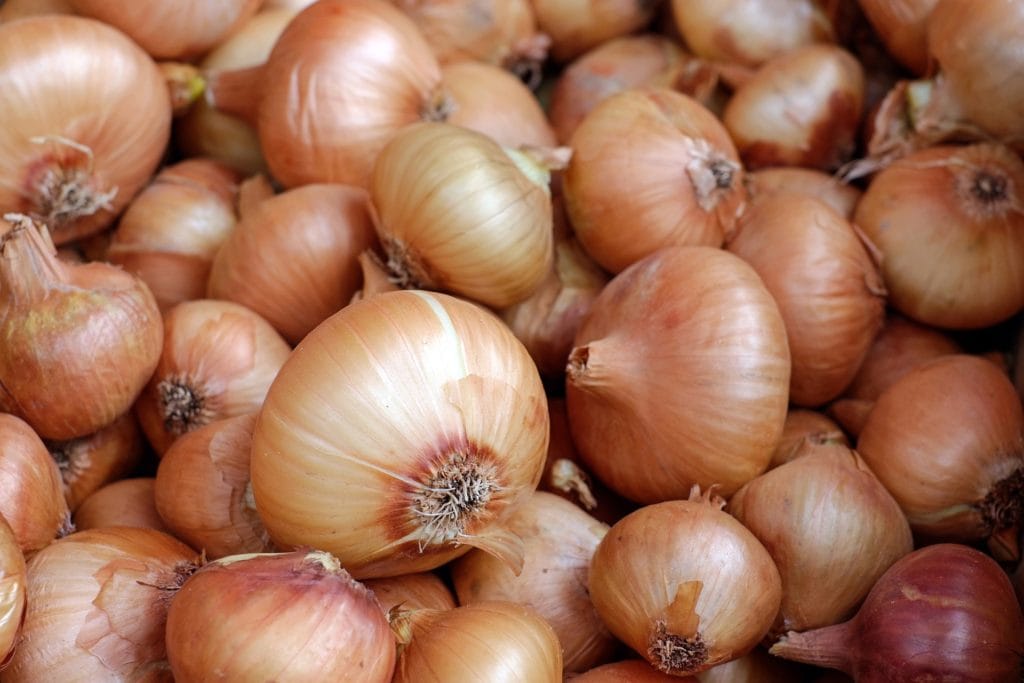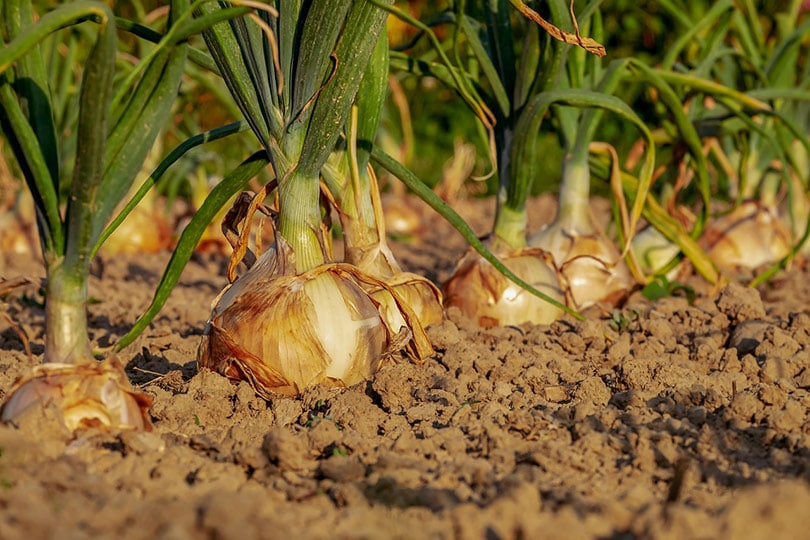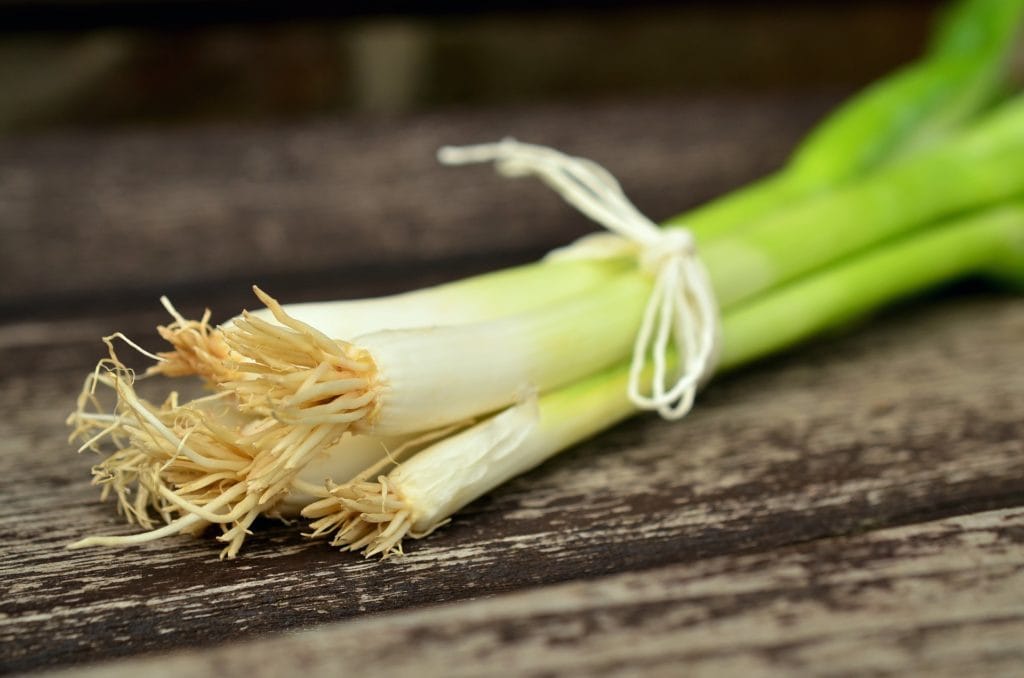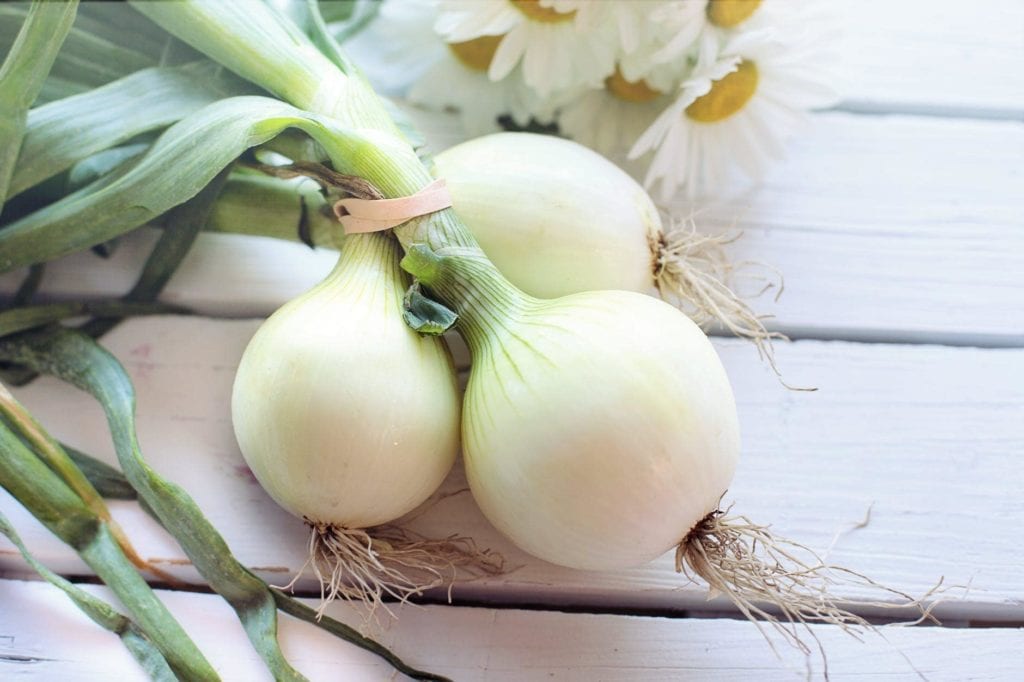How & When to Plant Onions? Care, Concerns & Harvest Guide
-
Kristin Hitchcock
- Last updated:

Onions are one of the most common veggies used in American cooking. They are typically considered spices, but they are more properly identified as a vegetable. You can find them in a variety of dishes, and they are high in both vitamin A and C. Therefore, it isn’t surprising that many people grow onions in their gardens.
There are actually several different types of onions, and each of them grows a bit differently. When choosing the onions to plant in your yard, you’ll need to consider what types of onions you eat. Then, you can select a variety that matches those needs and grows well in your area.
For all onions, though, the steps for growing them are pretty similar. Take a look at our guide below for everything you need to know about growing onions.
Where Should I Plant Onions?
Onions are pretty easy to grow, but you should ensure that they are in the correct location. Practically all onions require full sunlight to grow, as well as well-drained soil. Overly wet soil can cause rot, which makes the onions inedible.
We recommend preparing the ground properly before planting, as this will make your job a bit easier. Firstly, only plant onions when it is dry. Otherwise, you may simply rot your onions instead of growing them. Start by working the soil to about 10 inches deep. You’ll have to work the soil deeper than most plants, as onions require a lot of space to grow.
Be sure to remove all rocks and debris. Any clods should be worked through and the soil should be as smooth as possible. Don’t skip this step, as it will make growing the onions far easier.
How to Plant Onions
Now that the soil is properly prepared, it is time to carefully plant your onions. Onions are considered a cool-season crop. Because they are in the ground, they can withstand pretty cold temperatures. You can start them from seeds or tiny bulbs, depending on your preference.
Transplants also work, but they are less common. If you have a friend with onions, you may be able to transplant them from their garden.
Seeds are the cheapest, but they take the longest to grow. You should plant bulbs during October, November, or December. Start with plants every inch or so, however, once they are 6 inches tall, thin them out to allow the toughest plants to grow best.
If you use transplants, go ahead and place them every 3 inches apart. You likely won’t need to do any thinning, as all the transplants should grow just fine.
Do You Need to Fertilize Onions?
While you don’t have to fertilize onions, it is often in your best interest. You’ll want to spread a balanced fertilizer over the area that you are planting in. Next, mix it into the top layer of soil. Of course, it works best to do this before you start planting.

Caring for Onion Plants
While growing, you usually need to water onions about once a week, but you may not need to water them at all, depending on the amount of rain you get in your area. If you live in a particularly dry region, you may need to water them more often. Don’t water onions too much, or you may cause rot.
You can use a hoe to remove weeds from around the onions. However, don’t press the hoe too deeply or you may harm the onions. When possible, it is typically best to pull all of the weeds by hand. Don’t allow the weeds to grow too tall, or they may suck the nutrients from the onions.
When your onion plant has six leaves, we recommend fertilizing again (or for the first time, if you did not do so before planting). Each leaf indicates another ring in the onion, which in turn means a larger onion. Therefore, you want as many leaves as possible on your plant. Fertilizer helps with this goal.
Potential Problems
There are several potential problems that you may run into with onions. Diseases are a common problem, for instance. Onions can become infected with funguses, which can often be treated with sulfur. Neem oil may also be used, on top of commercial options. Always follow the directions on pesticides as overuse can damage the onions or make them inedible.
Onions are not known for having many insect problems. However, thrips love onions, in particular, so you can often find them on onion plants. Usually, you can use a basic insecticide to prevent these insects from taking up shop.

When To Harvest Onions
Onions that you seeded in October will usually produce bulbs in May or June. Therefore, it takes over 6 months for these plants to grow. They require a lot of patience.
When they are ready, their upper stem will grow weak and begin to fall off. When they are slowly falling off, you can dig up the onion and let them dry in baskets.
Conclusion
Onions are one of the easier veggies to grow. They don’t require much care when they are growing. However, they do require a lot of time to grow. You have to plant them in the late fall and wait almost a whole year before you can harvest them.
Green onions are done a bit sooner. However, regular onion cannot be harvested until the green portion of the plant begins to fall off.
Featured Image Credit: 1195798, Pixabay
Contents

